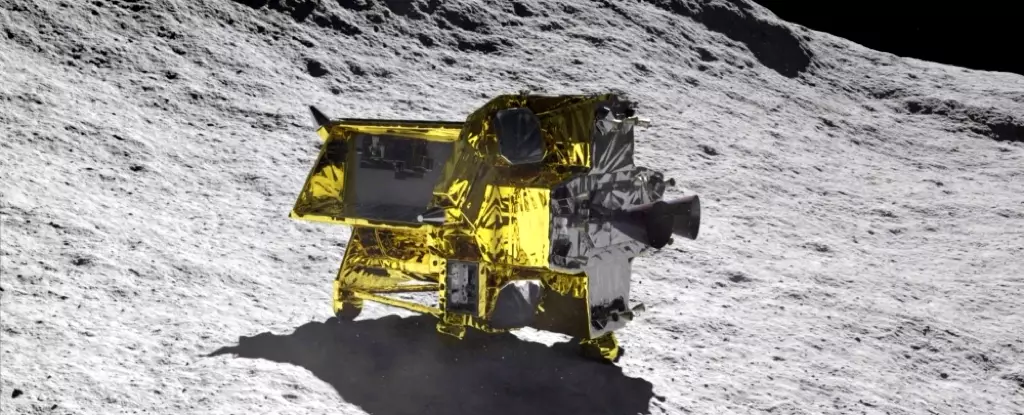Japan’s space agency, the Japan Aerospace Exploration Agency (JAXA), turned off its Smart Lander for Investigating Moon (SLIM) almost three hours after its historic touchdown on the Moon. This decision was made to allow for a possible recovery of the craft when sunlight hits its solar panels. While Japan became the fifth country to achieve a soft lunar landing, there were concerns about the craft’s solar batteries generating power.
After the touchdown, JAXA could not confirm whether the lightweight craft’s solar batteries were generating power. However, before turning off the lander remotely, mission control received technical and image data from its descent and the lunar surface. This data provided some relief and excitement, as it indicated that SLIM’s solar cells were facing west. This meant that there could be a possibility of power generation when sunlight hits the Moon from the west in the future. JAXA is now preparing for restoration in anticipation of that possibility.
SLIM is one of several new lunar missions launched by governments and private firms, marking 50 years since the first human Moon landing. However, crash landings and communication failures are common in lunar missions, and only four other countries have successfully landed on the Moon: the United States, the Soviet Union, China, and India. Japan’s previous lunar missions have faced failures, both privately and publicly. Despite these challenges, JAXA remains optimistic and is actively analyzing the data to determine whether SLIM achieved its goal of landing within 100 meters of the intended spot.
The mission aimed to land in a crater where the Moon’s mantle, the usually deep inner layer beneath its crust, is believed to be exposed on the surface. By analyzing the rocks in this area, JAXA hoped to uncover valuable information about the Moon’s potential water resources. These resources are crucial for future endeavors, such as building bases on the Moon as stopovers on the way to Mars. The successful detachment of two probes, one with a transmitter and another designed to explore the lunar surface and send images back to Earth, further enhanced the mission’s potential for valuable results.
JAXA is preparing to make further announcements later this week regarding the results of the mission and the status of the SLIM craft. Despite not everything going according to plan, JAXA remains positive, stating that they may still be able to produce significant results from the mission. The successful landing itself was a cause for celebration and demonstrated Japan’s continued commitment to space exploration.
Japan’s recent Moon landing with the SLIM craft marks another milestone in humanity’s exploration of space. While challenges and setbacks are inevitable in such missions, the determination and dedication of organizations like JAXA continue to push the boundaries of our knowledge and pave the way for future space exploration endeavors.


Leave a Reply